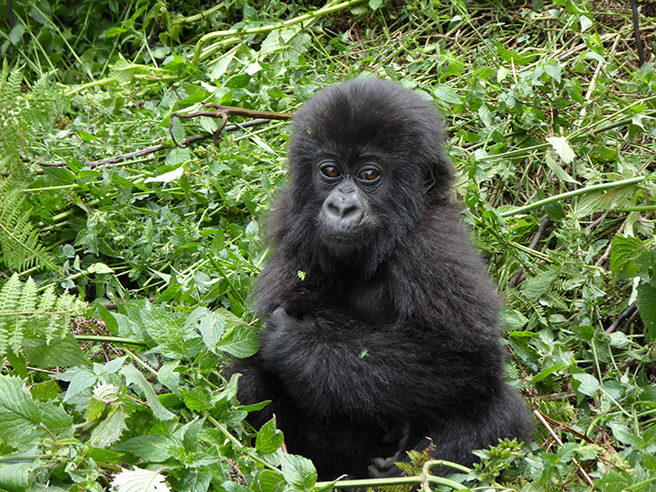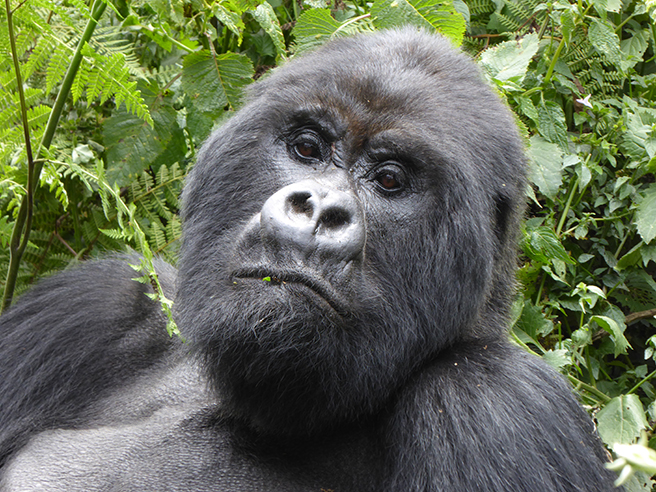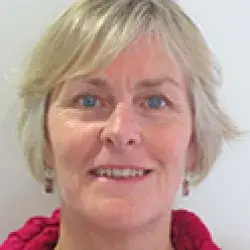Mountain Gorillas and Mountain Climbs

Well, the past two weeks have flown by, and Angel and I have been very busy completing the community surveys across the two sectors. It’s a large area so we have tried to ensure that we have covered as many people as possible, including trekking to communities on the Volcanoes National Park boundary and into outlying villages.
The early rains have started and so we’ve been caught in a few heavy showers—but I bought a great multi-coloured umbrella from the local market, which has been helpful in the sun and rain! We’ve now finished all the 50 household community surveys. So, that is the end of the data collection for this research project. When I return to Australia in December I will begin the data entry and analysis process. I am thrilled that I have completed the lodge staff surveys and community surveys for both the case studies in Botswana and Rwanda and am really looking forward to seeing the results from the surveys.
In between doing the surveys I have also managed to fit in some fun things here in Rwanda including two visits to see the mountain gorillas. There are estimated to be less than 900 left in the wild across Rwanda, Uganda and the Democratic Republic of Congo. They are found in the Virunga Mountains, which consist of six volcanoes and mountain forest. Interestingly, Volcanoes National Park was the first to be created in Africa—to protect the gorillas from poaching.

The Sabyinyo group was the first I visited—it has Guhonda, the largest and oldest silverback and the second group was the Titus group—one of the groups studied by Dian Fossey. It was truly amazing to see the gorillas—they seemed unperturbed by our presence and just got on with life which is mainly eating, sleeping and playing. The baby gorillas are incredibly sweet and playful. The trips are very well planned and organised by the staff at Volcanoes National Park, with detailed briefings, trackers who find the gorilla groups and well trained and informed guides.
I also visited the newly opened lava tube caves in the national park, which were fascinating and on my last day in Rwanda I climbed one of the extinct volcanoes, Mount Bisoke (3711m). It was a hard climb especially as it was muddy and slippery and I couldn’t have managed it without the help of my porter, John. It was fascinating climbing through the different vegetation zones that changed with altitude. When we reached the top we were clothed in mist but after a brief hail storm the mist cleared and revealed the beautiful crater lake below. It was certainly worth the climb.
I am now back in Nairobi and have delivered a presentation to AWF on the challenges, highlights and impressions of my field work in Botswana and Rwanda which was well received. This now the end of my assignment for AWF and I will now be travelling back to Botswana this time to Gaborone the capital to spend the rest of my sabbatical with the University of Botswana and the NGO Birdlife Botswana.
It’s been an incredible experience, opportunity and privilege to conduct this research project for AWF and I’d like to thank AWF and all the staff, lodge staff and community members who agreed to complete the surveys and all the other people who have helped me along the way.
